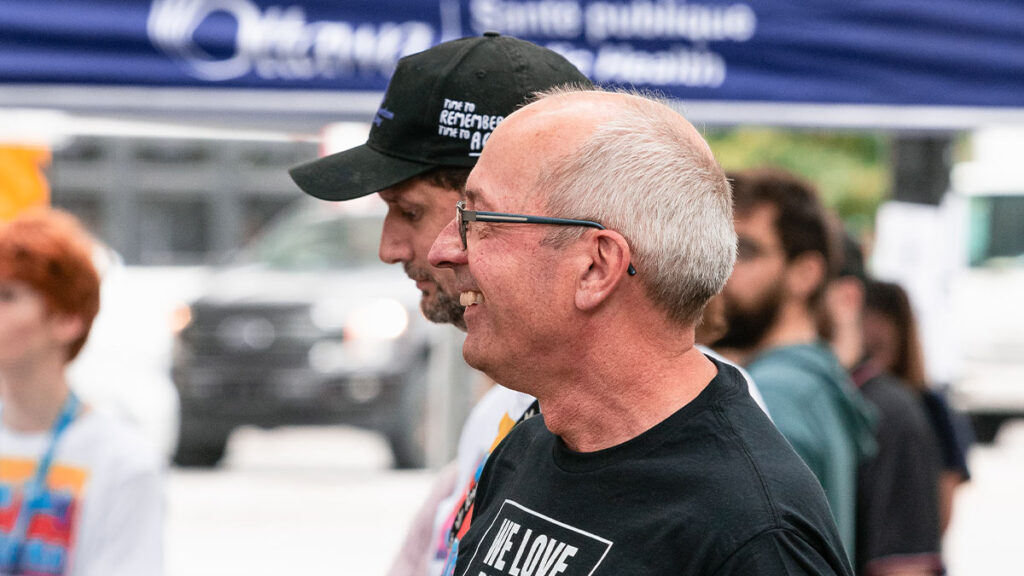
Like many of you, I read about the deadly assaults that took place out of Kingston’s Integrated Care Hub with horror and dread.
I feel horror about the terrible, violent loss of life and the impact that these deaths will have on the community of people living in the encampment, on the loved ones of those who have passed in such a horrible way, on those who responded to the emergency who are people who hold a deep passion and empathy for the people they serve.
And I feel dread about the potential policy response to this terrible incident.
The hull has been breached, the ship is going down and people have fallen overboard. Our leaky lifeboats are at risk of being swamped by the desperate needs of those in the water. Those that can swim are doing what they can, those that cling to bits of wreckage are making as much space as possible for others. While it is hard for bystanders to hear the screams for help, those screams will not stop because the people in the water are survivors, clinging to whatever hope they can for rescue.
So, what should be our response? We have deployed a few leaky lifeboats like supervised consumption services and prescribed alternatives to the toxic drug supply, and we support those who manage to find refuge in the flotsam and jetsam of tents and encampments and other public spaces, building community under the direst of circumstances. They do this because they understand that their chances of survival are better if they stick together.
I am filled with dread because there is an ill-informed public debate about how to “save” people from this disaster. Some offer the unhelpful observation that it would be better if everyone could swim (i.e. go into “treatment”), others suggest our time would be better spend designing better lifeboats or new shipping routes, some suggest that we solve the problem of our existing leaky boats by scuttling them–closing consumption sites, disbanding encampments, prohibiting prescribed alternatives with their wraparound supports.
In sea rescues, crews are taught to put all their efforts into pulling as many people out of the water as possible—and then the sea will take the rest. We know these are not perfect solutions but these are resources we have been given, despite calls for more. We must deploy them to save as many people as possible.
We cannot rescue everyone but we can, and should, be rescuing as many people as possible because time is running out for far too many.








